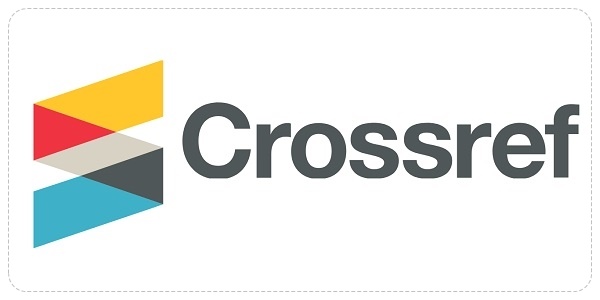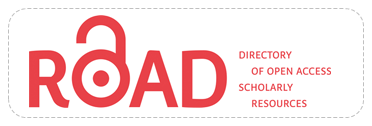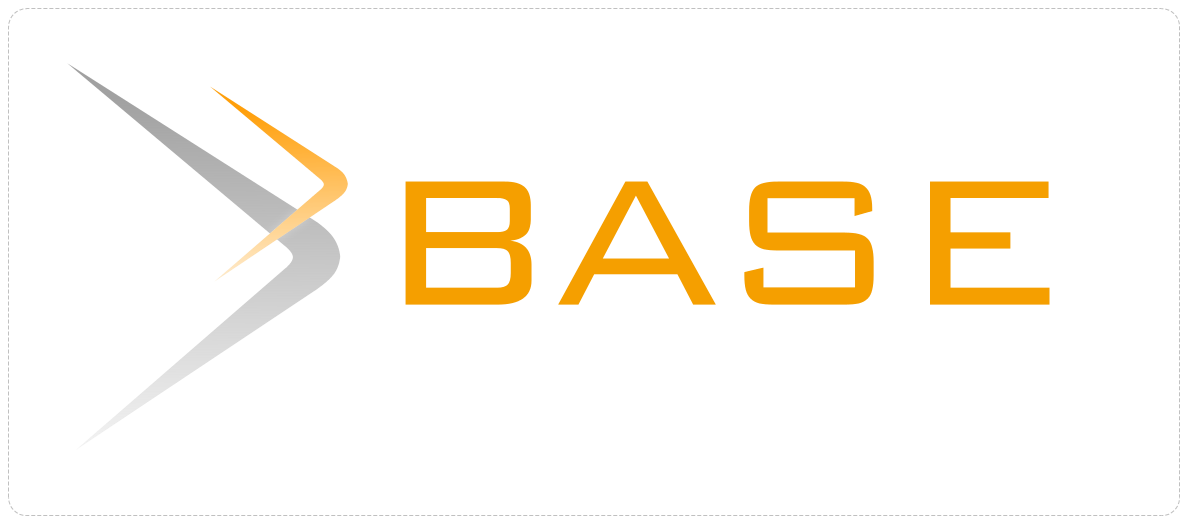The Role of Validation Expert in Improving the Quality of Material, Language and Visuals in the Development of Hybrid Learning Guides-Based on OBS Application
Abstract
Keywords
Full Text:
PDFReferences
Adelstein, D., & Barbour, M. K. (2017). Improving the K-12 online course design review process: Experts weigh in on iNACOL National Standards for Quality Online Courses. The International Review of Research in Open and Distributed Learning, 18(3), 48-82.
Adisel, A., Aprilia, Z. U., Putra, R., & Prastiyo, T. (2022). Komponen-komponen pembelajaran dalam Kurikulum 2013 pada mata pelajaran IPS. JOEAI (Journal of Education and Instruction), 5(1), 298-304.
Amri, S., & Rohman, M. (2013). Strategi pengembangan sistem dan desain pembelajaran. Jakarta: Prestasi Pusaka Karya.
Arifin, Z., Tegeh, I. M., & Sukmana, A. I. W. I. Y. (2021). Independent learning through interactive multimedia based on problem based learning. Jurnal Edutech Undiksha, 9(2), 244-253.
Borthwick, A. C., & Hansen, R. (2017). Digital literacy in teacher education: Are teacher educators competent?. Journal of Digital Learning in Teacher Education, 33(2), 46-48.
Branch, R. M. (2009). Instructional design: The ADDIE approach (Vol. 722). New York: Springer.
Cahyaningrum, Y., Suryono, S., & Warsito, B. (2021). Fuzzy-Expert System for Indicator and Quality Evaluation of Teaching and Learning Processes Online Study Programs. In E3S Web of Conferences (Vol. 317, p. 05021). EDP Sciences.
Dito, A., Audrey, J., Saputra, R. V. A., & Ardiningtias, S. R. (2021). Pelatihan pembuatan media pembelajaran daring bagi guru SMA menggunakan Open Broadcaster software. Jurnal Nasional Pengabdian Masyarakat, 2(1), 28-38.
Dolong, J. (2016). Teknik analisis dalam komponen pembelajaran. Jurnal Inspiratif Pendidikan, 5(2), 293-300.
Elizabeth, Triana, et.al. (2021). Pelatihan aplikasi screen recorder dan video conference guna meningkatkan proses belajar mengajar. ABSYARA: Jurnal Pengabdian Pada Masyarakat. 2(1), 49 – 55.
Falahudin, I. (2014). Pemanfaatan media dalam pembelajaran. Jurnal Lingkar Widyaiswara, 1(4), 104-117.
Falloon, G. (2020). From digital literacy to digital competence: the teacher digital competency (TDC) framework. Educational Technology Research and Development, 68, 2449-2472.
Fathurohman, I. (2020). Pembelajaran mata kuliah keterampilan berbahasa indonesia melalui live streaming youtube berbasis Open Broadcast Software dan Whatsapp di era pandemi Covid 19. Jurnal Educatio FKIP UNMA, 6(2), 668-675.
Granić, A., & Ćukušić, M. (2011). Usability testing and expert inspections complemented by educational evaluation: A case study of an e-learning platform. Journal of Educational Technology & Society, 14(2), 107-123.
Guo, R. X. (2013). The use of video recordings as an effective tool to improve presentation skills. Polyglossia, 24, 92-101.
Hall, S., & Villareal, D. (2015). The Hybrid Advantage: Graduate Student Perspectives of Hybrid Education Courses. International Journal of Teaching and Learning in Higher Education, 27(1), 69-80.
Hayaty, M., Wahyuni, S. N., Putra, A. D., Maemunah, M., Satya, B., & Nurani, D. (2021). Pelatihan pembuatan konten pembelajaran menggunakan Open Broadcast Software. Abdiformatika: Jurnal Pengabdian Masyarakat Informatika, 1(2), 61-67.
Hutahaean, L. A. (2019). Pemanfaatan E-Module interaktif sebagai media pembelajaran di era digital. Digital Library Universitas Negeri Medan.
Keshta, A. S., & Harb, I. I. (2013). The effectiveness of a blended learning program on developing Palestinian tenth graders' English writing skills. Education Journal, 2(6), 208-221.
Kinash, S., Brand, J., & Mathew, T. (2012). Challenging mobile learning discourse through research: Student perceptions of Blackboard Mobile Learn and iPads. Australasian journal of educational technology, 28(4), 639-655.
Kristandl, G. (2021). “All the world’sa stage”–the Open Broadcaster Software (OBS) as enabling technology to overcome restrictions in online teaching. Compass: The Journal of Learning and Teaching at the University of Greenwich, 14(2), 1-16.
Kurilovas, E., Serikoviene, S., & Vuorikari, R. (2014). Expert centred vs learner centred approach for evaluating quality and reusability of learning objects. Computers in Human Behavior, 30, 526-534.
Maynor, L. M., Barrickman, A. L., Stamatakis, M. K., & Elliott, D. P. (2013). Student and faculty perceptions of lecture recording in a doctor of pharmacy curriculum. American journal of pharmaceutical education, 77(8), 1-7 .
Nortvig, A. M., Petersen, A. K., & Balle, S. H. (2018). A literature review of the factors influencing e learning and blended learning in relation to learning outcome, student satisfaction and engagement. Electronic Journal of E-learning, 16(1), pp46-55.
Pane, A., & Dasopang, M. D. (2017). Belajar dan pembelajaran. Fitrah: Jurnal Kajian Ilmu-Ilmu Keislaman, 3(2), 333-352.
Qorib, A., & Zaniyati, H. S. (2021). Penggunaan Open Broadcast Software Studio dalam mendesain video pembelajaran era pandemi. Syaikhuna: Jurnal Pendidikan Dan Pranata Islam, 12(1), 87-98.
Siska, J., & Hadiwinarto, H. (2022). Learning islamic religious education in state elementary schools using technology-based media. Jurnal basicedu, 6(1), 1-7.
Suryadharma, I. G. A., Jampel, I. N., & Sudarma, I. K. (2021). Interactive Learning: The Use of Multimedia with Hybrid Models in Balinese Language Subjects for Grade VII Students. Indonesian Journal Of Educational Research and Review, 514-524.
Tarr, J., Farrington, S., Pittaway, J., Bird, M. L., Hoffman, K., Douglas, T., & Beh, C. L. (2015). Challenges for this place or any place: Student preferences for lecture ‘places’ in a blended learning environment. In 38th HERDSA Annual International Conference (Vol. 38, pp. 446-458).
Van Zanten, R., Somogyi, S., & Curro, G. (2012). Purpose and preference in educational podcasting. British Journal of Educational Technology, 43(1), 130-138.
Wahyuningsih, S., & Putra, I. N. T. D. (2020). The implementation of technology-based media in improving english speaking skill of hospitality students in Mataram tourism college. Jo-ELT (Journal of English Language Teaching), 7(2), 96-104.
Wiyono, B. B., Indreswari, H., & Prestiadi, D. (2021, June). The use of technology-based communication media in the teaching-learning interaction of educational study programs in the pandemic of Covid 19. In IEEE 11th International Conference on Electronics Information and Emergency Communication (ICEIEC) (pp. 1-5). IEEE.
Yeung, A., Raju, S., & Sharma, M. D. (2016). Online lecture recordings and lecture attendance: investigating student preferences in a large first year psychology course. Journal of Learning Design, 9(1), 55-71.
Yunus, M., & Mitrohardjono, M. (2020). Pengembangan tehnologi di era industri 4.0 dalam pengelolaan pendidikan Sekolah Dasar Islam Plus Baitul Maal. Jurnal Tahdzibi: Manajemen Pendidikan Islam, 3(2), 129-138.
Zhang, D. (2005). Interactive multimedia-based e-learning: A study of effectiveness. The American Journal of Distance Education, 19(3), 49-162.
DOI: https://doi.org/10.17509/pdgia.v20i3.52422
Refbacks
INDEXED BY

This work is licensed under a Creative Commons Attribution-ShareAlike 4.0 International License















